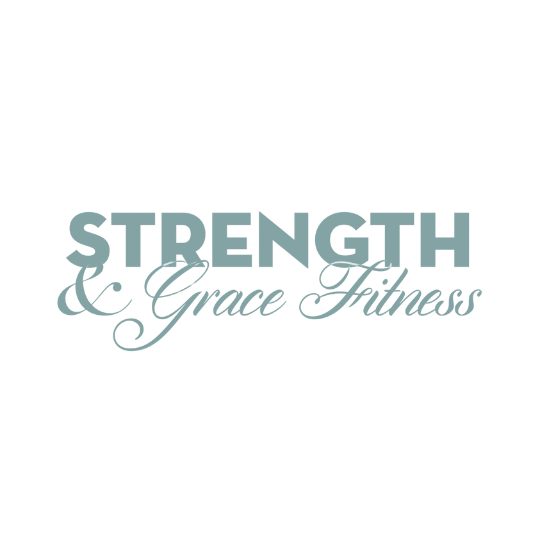Introduction
Did you know that women can lose up to 20% of their bone density within the first five years of menopause? It’s a staggering statistic that highlights an often-overlooked aspect of menopause: its impact on bone health. As estrogen levels drop, the risk of osteoporosis, fractures, and even chronic low back pain increases. But here’s the good news—you can take proactive steps to protect your bones and reduce pain. In this post, we’ll dive into how menopause affects your bones and practical ways to strengthen them.
How Menopause Affects Your Bone Health
When menopause hits, your body undergoes significant hormonal changes, particularly a sharp decline in estrogen. Estrogen isn’t just essential for regulating your menstrual cycle—it also plays a critical role in maintaining bone density. With less estrogen, bones lose calcium and other minerals more rapidly, making them weaker and more prone to fractures. This accelerated bone loss can lead to osteoporosis, a condition where bones become so brittle that even a minor fall can result in a fracture.
The effects of menopause on bone health are not limited to osteoporosis. Many women also experience increased low back pain during this stage of life. This pain is often linked to weakened bones and muscles that can no longer support the spine as effectively. The result? A cycle of discomfort and diminished quality of life that can be challenging to break.
The Importance of Bone Health in Overall Wellness
Strong bones are more than just a safeguard against fractures—they’re a foundation for overall health and wellness. Healthy bones support your posture, balance, and mobility, which are crucial for staying active and independent as you age. When your bone health is compromised, it can limit your ability to enjoy everyday activities, from playing with your grandkids to pursuing hobbies and maintaining a regular exercise routine.
Bone health also impacts your mental and emotional well-being. Chronic pain and the fear of fractures can lead to anxiety, depression, and a reduced sense of self-efficacy. By prioritizing bone health, you’re not only protecting your physical body but also enhancing your overall quality of life.
Practical Tips to Protect Your Bones During Menopause
1. Optimize Your Nutrition
- Calcium and Vitamin D: Your bones need calcium to stay strong, and vitamin D helps your body absorb it. Aim for calcium-rich foods like leafy greens, almonds, and fortified plant-based milks. Get your vitamin D from sun exposure, fortified foods, or supplements if necessary.
- Protein Intake: Protein is vital for maintaining bone and muscle mass, which supports bone strength. Include a variety of protein sources in your diet, such as lean meats, beans, lentils, and nuts.
- Limit Harmful Foods: Reduce your intake of salt, caffeine, and alcohol, as they can interfere with your body’s ability to absorb calcium and maintain bone density.
2. Engage in Bone-Building Exercises
- Weight-Bearing Exercises: Activities like walking, jogging, dancing, and stair climbing force you to work against gravity, which helps to maintain bone density.
- Resistance Training: Incorporate strength training exercises, such as lifting weights or using resistance bands, to build muscle and support your bones.
- Balance and Flexibility: Exercises like yoga or Pilates improve balance, flexibility, and posture, reducing the risk of falls and fractures.
3. Adopt Bone-Friendly Lifestyle Habits
- Quit Smoking: Smoking accelerates bone loss and reduces blood supply to the bones, making them weaker.
- Moderate Alcohol Consumption: Limit alcohol intake to no more than one drink per day, as excessive drinking can decrease bone formation and increase fracture risk.
- Focus on Posture: Good posture reduces strain on your spine and helps distribute weight evenly across your bones, minimizing the risk of back pain.
Managing Low Back Pain During Menopause
Low back pain is a common complaint among women going through menopause, often due to the combination of bone loss and weakened muscles. Here’s how you can manage it:
Identify the Cause: It’s essential to understand what’s causing your back pain. Whether it’s bone-related, muscle strain, or another issue, consult with your healthcare provider to get an accurate diagnosis.
Non-Invasive Treatments: Consider physical therapy, chiropractic care, or acupuncture as non-invasive ways to alleviate back pain. These treatments can help improve alignment, strengthen the back muscles, and reduce discomfort.
Daily Back Care Tips: Incorporate gentle stretches or exercises that target the lower back. Examples include cat-cow stretches, pelvic tilts, and child’s pose. These moves can help relieve tension, improve flexibility, and support spinal health.
Conclusion
Menopause can significantly impact your bone health, but you don’t have to let it take control of your life. By focusing on proper nutrition, regular exercise, and bone-friendly lifestyle changes, you can protect your bones and manage low back pain effectively. It’s never too late to start taking steps towards stronger, healthier bones.
Ready to take your bone health to the next level?
Don’t miss out on our free guide, “Your Guide to Healthy Bones”, packed with the top nutrients, foods, and lifestyle hacks to keep your bones strong, plus a special bonus section on low back health! Download it now and start making positive changes today.
👉 Download Your Free Bone Health Guide Here!
Want to discuss your goals with us…fill out our assessment form and let’s have a chat.
